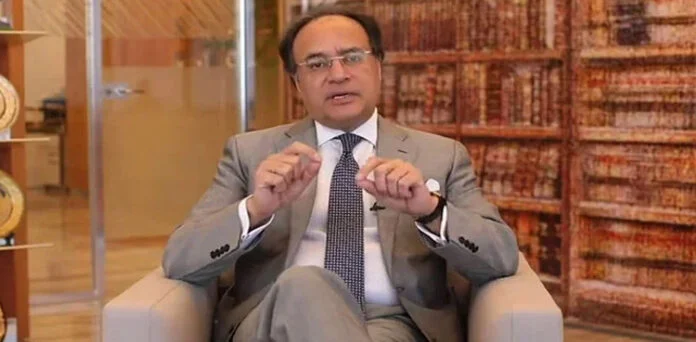
American savers, especially those nearing retirement, are facing significant challenges, with the stock market experiencing turbulence due to factors like the Trump administration’s tariffs and the looming threat of a potential U.S. recession. Many 401(k) account holders have reported substantial losses, with some seeing thousands of dollars disappear in just a couple of days during a particularly rough stretch in the market. These losses are hitting especially hard those who had planned to rely on their retirement funds to carry them through their later years.
When asked about concerns over his own financial situation in light of the market’s volatility, President Trump was quoted on April 3, stating that he hadn’t checked his 401(k) account.
For many Americans, 401(k) accounts are a primary vehicle for retirement savings, with investments often tied to mutual funds, such as index funds or target-date funds. Since these accounts are directly linked to market performance, fluctuations in the stock market—whether up or down—have a direct impact on their value. This leaves the individual investor responsible for any risk tied to those market changes.
Historical data has suggested that while market corrections and crashes can happen in the short term, equities tend to increase in value over the long run. However, those who have not adhered to a de-risking strategy as they approach retirement may find themselves in a difficult position. De-risking involves shifting funds from riskier, more volatile investments like stocks into more stable debt funds as retirement nears, in order to reduce exposure to market downturns.
The stock market’s recent performance has been alarming, with over $6 trillion in losses in just two days—April 3 and April 4, 2025. In total, the U.S. stock market has lost about $11.1 trillion in market capitalization since President Trump’s second term began on January 17. Major indices have also taken significant hits, with the Dow Jones Industrial Average down by 11.9% since Inauguration Day, the S&P 500 down 15.4%, and the Russell 2000—representing smaller companies—falling over 25% from its peak in November 2024.
The 401(k) plan, which is popular among U.S. workers, allows individuals to set aside a portion of their earnings for retirement, with tax benefits both at the time of contribution and in some cases when employers contribute as well. A significant portion of the American workforce—approximately 70 million people, or about 42%—participates in this program. Self-employed individuals can also set up their own version of the 401(k), known as a solo 401(k).
While the recent market downturn has hit many 401(k) holders hard, those with at least ten years left before retirement may still have time to benefit from lower stock prices by increasing their contributions. However, for those approaching retirement within the next five years, it may be time to begin rebalancing their portfolios to reduce risk.
The strategies of investors like Warren Buffett have shown that during times of market fear, there can be opportunities for those with a long-term view. Investors who are patient and strategic, especially during downturns, can often emerge in a stronger financial position when the market recovers.


















